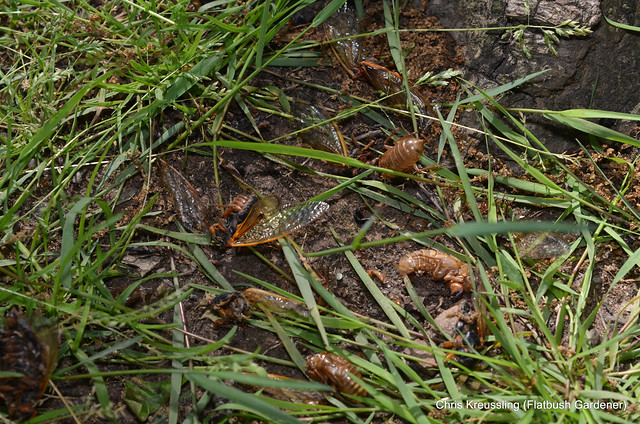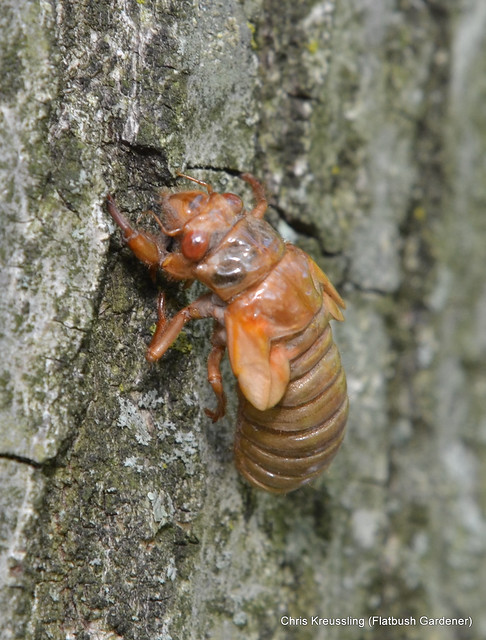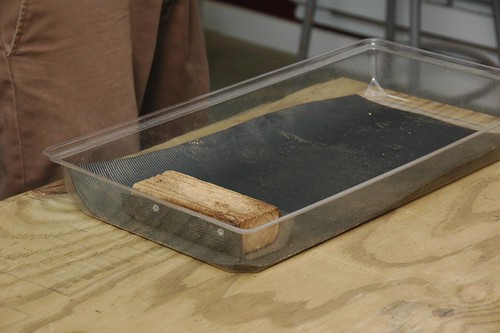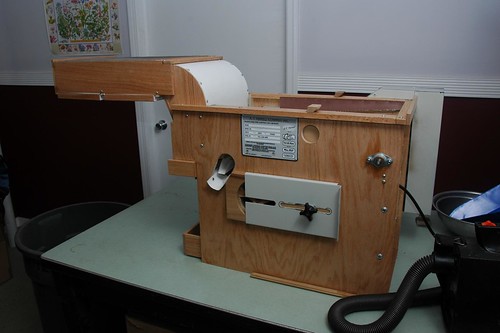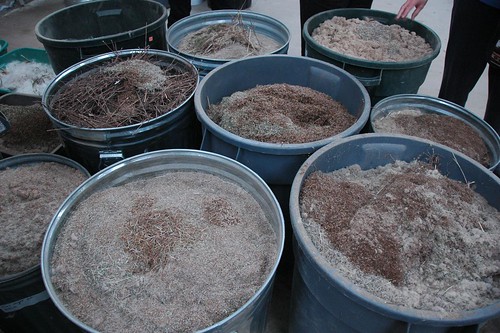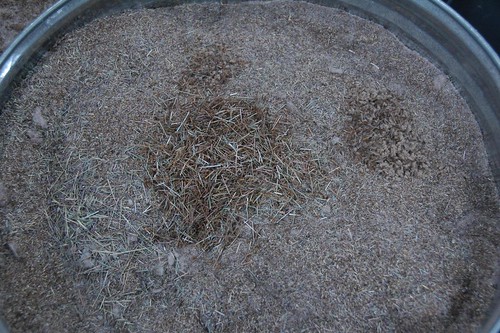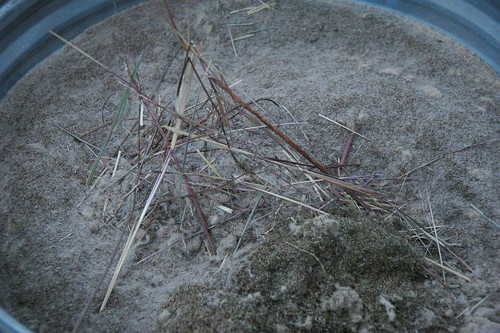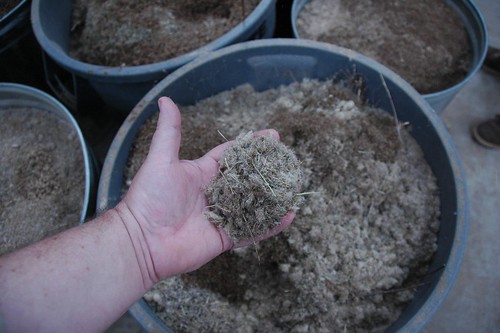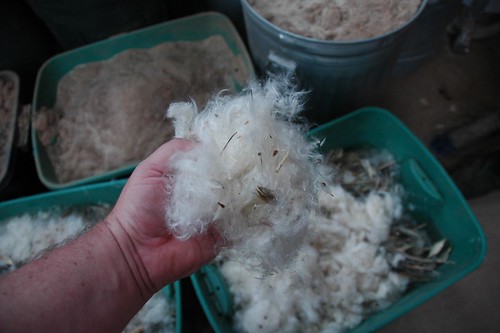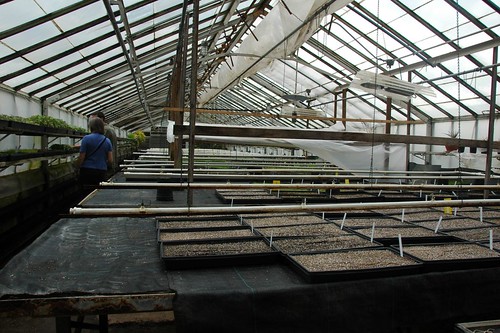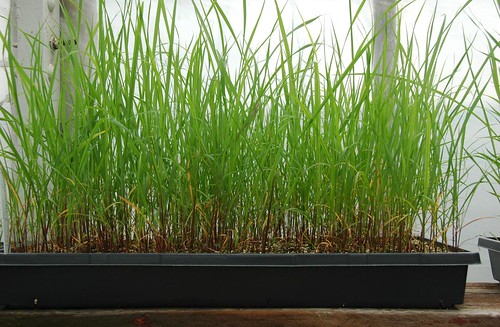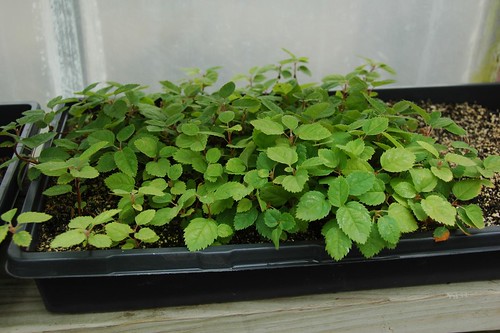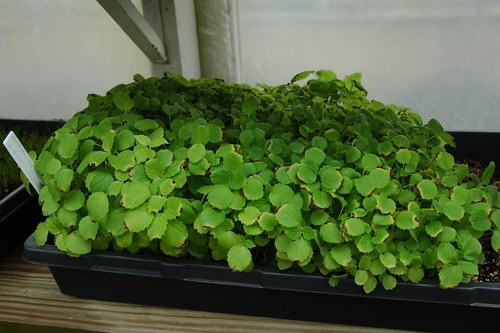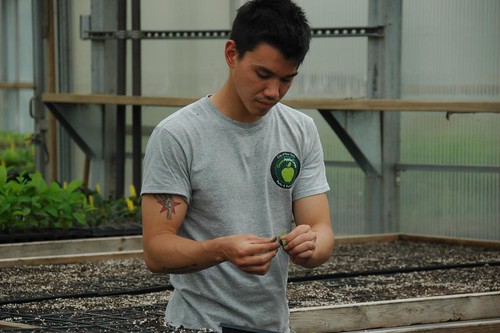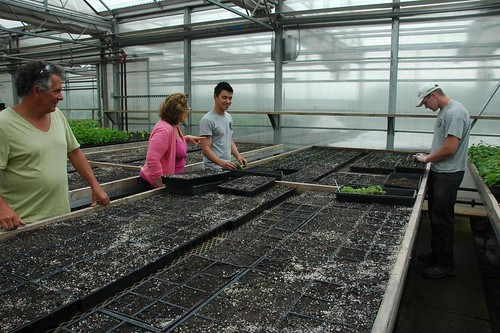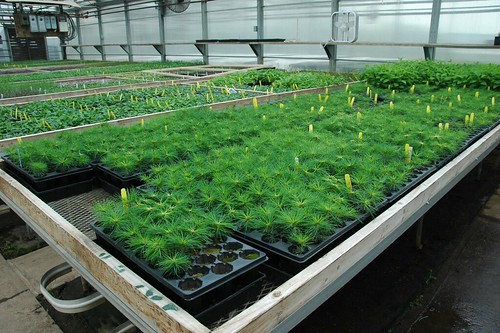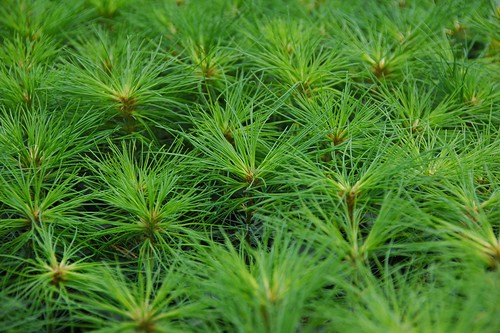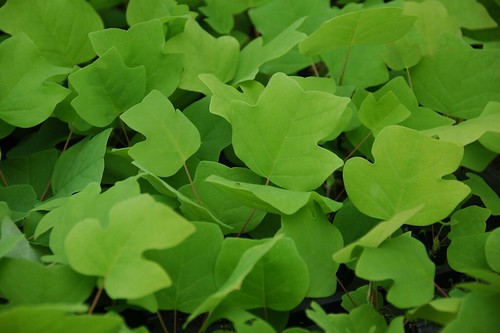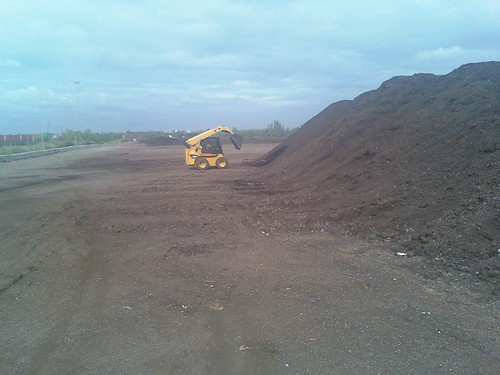
It’s a busy season for me this Spring! NEXT WEEK is New York City NYC’s GreenThumb community gardening program annual conference, known as GrowTogether:
Part 2 of the GreenThumb GrowTogether conference will be hosted in-person in community gardens in all five boroughs in celebration of Earth Week. Join us for workshops about growing food, healthy eating, native pollinators, flower arrangement, planting seeds, screen printing garden swag, volunteer projects, and more. All the activities are free and open to the public!
… The theme of this year’s GrowTogether is “Deeply Rooted: Growing Community Connections.” Community gardeners from across New York City have been gathering at the GrowTogether conference each spring since 1984 to celebrate the start of the garden season with a day of learning, networking, and reconnecting with friends. – Ibid.
– 38th Annual GreenThumb GrowTogether Conference Part 2 Conference Guide
As noted above, all GrowTogether workshops are open to the public. Please register, as some workshops have limited capacity.
This is my first time participating in GrowTogether. I’ll be giving two different workshops on how to use iNaturalist, Friday in Brooklyn, and Saturday on Staten Island.
Using iNaturalist for Community Gardens and Gardeners
Friday, April 22
Time: 11:00 a.m. – 1:00 p.m.
(Rain Date: Saturday, April 23, same time)
Location: Vernon Cases Community Garden, 42 Vernon Avenue, Bedford-Stuyvesant, Brooklyn
Description:
iNaturalist is a community/citizen science platform where anyone can record their observations – photos or audio recordings – of any living thing anywhere in the world. Community gardeners and visitors can use iNaturalist to document and keep records about their gardens, such as flowering and fruiting times; identify and keep track of common weeds; and identify insect visitors, whether pests, predators, or pollinators.
In this workshop, we will use iNaturalist “in the field” to make observations of plants and insects and upload them to iNaturalist, creating a record of the biodiversity in a community garden. If you have access to a smartphone, please download the iNaturalist app in advance and bring it to the workshop!
Meet and Greet New York City’s Native Pollinators
Saturday, April 23
Time: 11:00 a.m. – 1:00 p.m.
(Rain Date: Sunday, April 24, same time)
Location: Hill Street Community Garden, Staten Island
Description:
New York City is home to hundreds of species of pollinating insects. While butterflies and bumblebees are easily-spotted inhabitants of our community gardens, meet a few of New York City’s lesser known pollinators—including wasps, flower flies, and specialist bees— during this workshop with Sarah Ward from National Wildlife Federation and Chris Keussling (aka Flatbush Gardener). During a walk through the garden, participants will learn tips and tricks for observing pollinators and welcoming them into our gardens. Participants will also learn how to use the community science app iNaturalist to identify pollinators and contribute valuable data about pollinators in New York City.
Related Content
Torrey Lecture, Wednesday March 30, 2022-03-17
Links
For more information, or to register, for either/both workshop:
- Using iNaturalist for Community Gardens and Gardeners, Friday 4/22, 11:00 a.m. – 1:00 p.m., Vernon Cases Community Garden, Brooklyn
- Meet and Greet New York City’s Native Pollinators, Saturday, April 23rd, 11:00 a.m. – 1:00 p.m., Hill Street Community Garden, Staten Island
38th Annual GreenThumb GrowTogether Conference Part 2 Conference Guide, Greenthumb News


